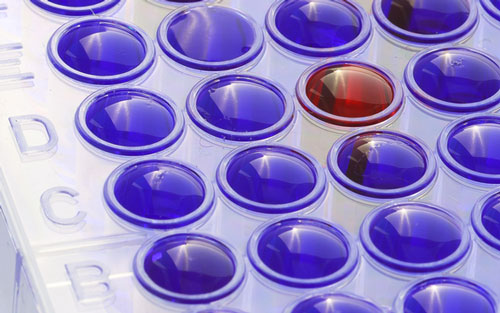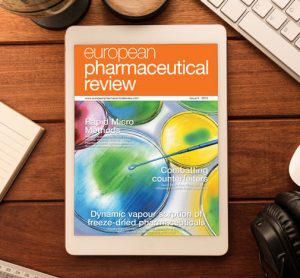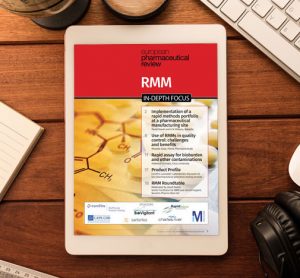The limitations of the colony-forming unit in microbiology
6 January 2016 | By Tony Cundell, Microbiological Consulting LLC
The recent revision to USP General Informational Chapter Validation of Alternative Microbiological Methods that became official on December 1, 2015 contained a section discussing the limitations of the colony-forming unit (CFU) in terms of enumerating only those microorganisms that readily grow on solid microbiological media. The section highlights its inappropriateness…































